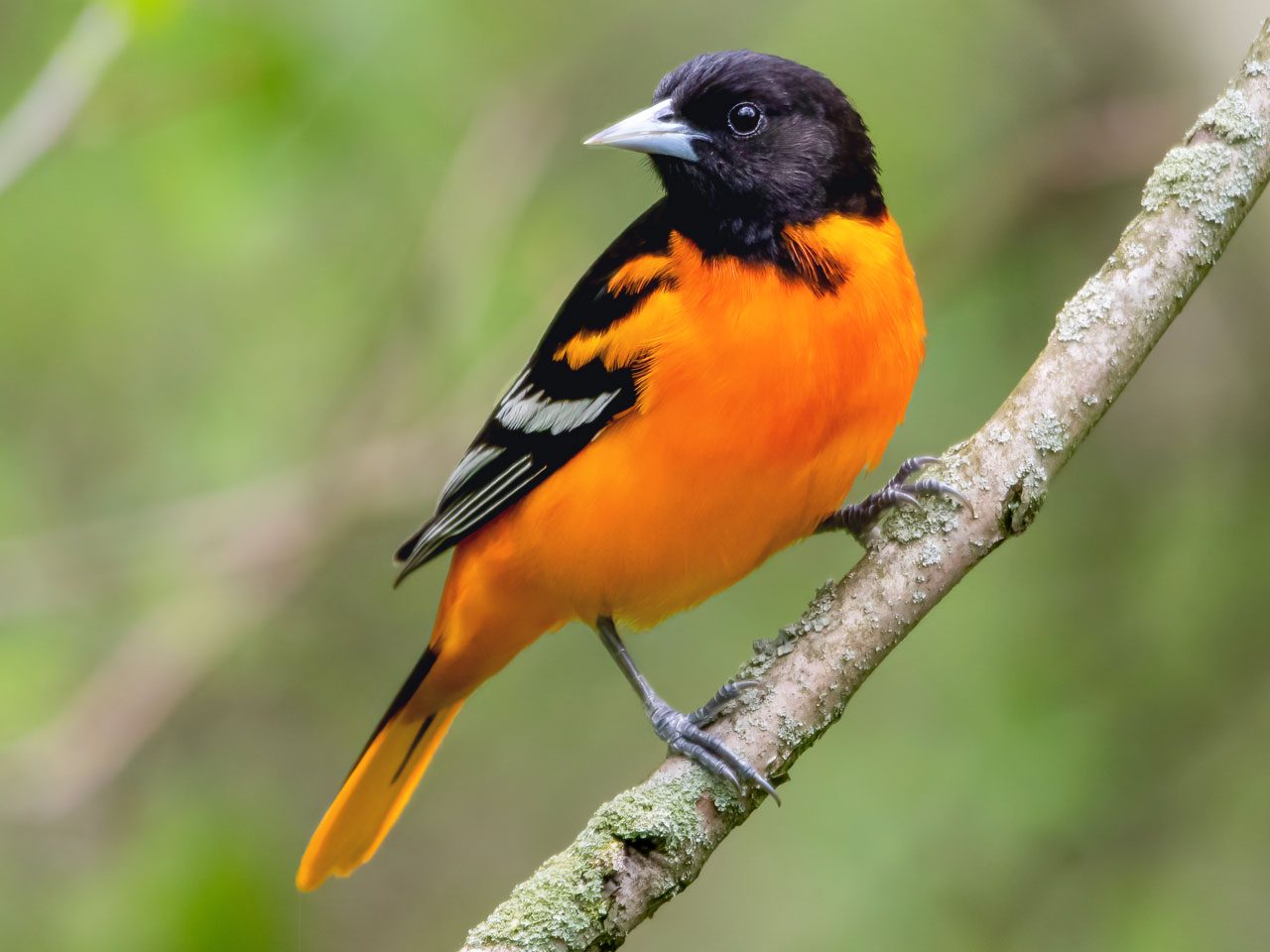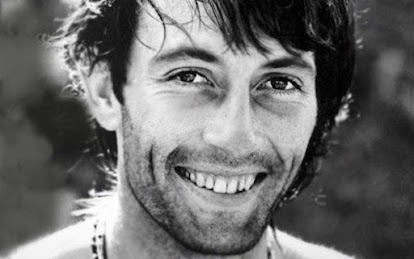Book Intro
A.
Photojournalism is important in many different ways and too many different people. It helps tells a story that mere words cannot accomplish. The growth of technology can be said to have influenced the art of photojournalism in numerous of ways, what might have some of these influences have been? Also is the state of technology more of a hinderance or help to the photojournalists of today?
Going back too the level of importance to many different groups of people, photojournalism has opened doors to issues in the world that at one point may have seem impossible to resolve. Looking back in history, using your opinion do you think the evolution of journalism moving to cameras had a large impact on the ability to convey a message better? (did the audience receive the point).
-I think technology has 100% helped photographers but I feel a big issue that isn't being spoken about enough is the ability to now artificially manufacture pictures that could be completely mistaken as real or authentic. The main cause to this issue is the rapidly expansive ability of Artificial Intelligence, how long until we can't pick fake apart from real? I think we are much closer to this problem than people are willing to admit. AI will place a crucial role in the change of photojournalism. The expansion of technology is no stranger to photojournalists. Cameras have gone through vast amounts of change in the past century, along with the money to buy those cameras and the knowledge on how to operate them. Photojournalists are proven to be well adapted to change.
-It's difficult to exactly say when photojournalism exactly boomed and that it was a very positive impact at the same time but what can be said is that during the Great Depression (70-80 years after the first evidence of photojournalism) it was widespread. Everyone wanted to get a glimpse of the country wide struggle, even internationally. Before this time it was thought that the expansion of photojournalism was initially restricted by the technology of time but in the 1920s and 30s cameras became more advanced which allowed the ability to capture the Great Depression possible.
B.
![]() A perfect example of photojournalism, a mother struggling to help her children during a great time of need; the Great Depression. Mentioned prior in the expansion of photojournalism, so many examples of photojournalism came out of during this time. Every picture tells a different story, Florence Owens Thompson, an immigrant mother that was facing a tough time on this day. Taken by 'Dorothea Lange' this is heavily regarded as one of the most iconic pictures from the Great Depression. (1936)
A perfect example of photojournalism, a mother struggling to help her children during a great time of need; the Great Depression. Mentioned prior in the expansion of photojournalism, so many examples of photojournalism came out of during this time. Every picture tells a different story, Florence Owens Thompson, an immigrant mother that was facing a tough time on this day. Taken by 'Dorothea Lange' this is heavily regarded as one of the most iconic pictures from the Great Depression. (1936)

This is a picture of a Bird, this is not an example of photojournalism. It is a documentation of animal life.
C.
I decided to take photojournalism because I have always been deeply intrigued with history of society, one of the biggest and most overlooked areas of history and the study of it, are pictures, pictures taken by journalist that can show things and tell you stories that articulation struggles to contend with. Pictures of history with contextual stories are some of the most fascinating parts of history, it teaches you so much in so little. In order to learn about something with words it can be uninteresting or hard to imagine, a picture is instantly captivating compared to text, this display of history can attract so much more attention. Pictures would move ideas and actions in a more efficient manner, you can see the emotion in a picture, a vital part of journalism. I can't wait to learn all about different iconic moments captured by pictures in history.

Comments
Post a Comment